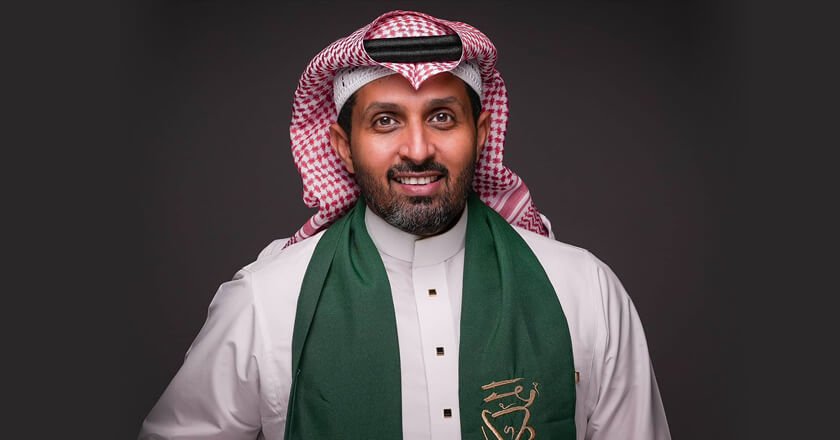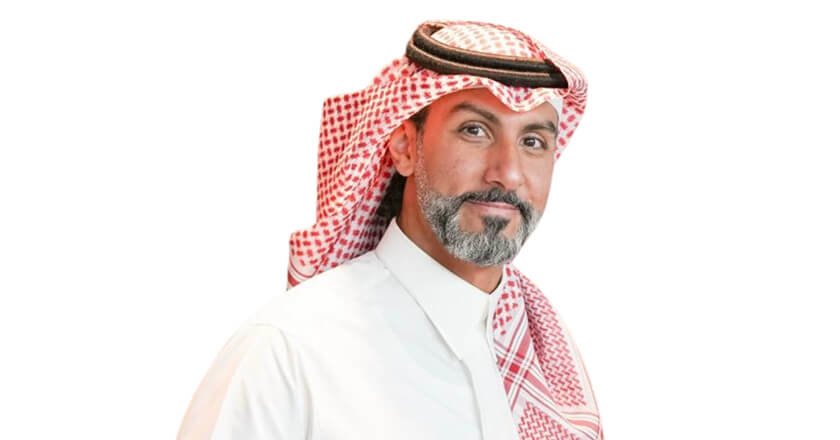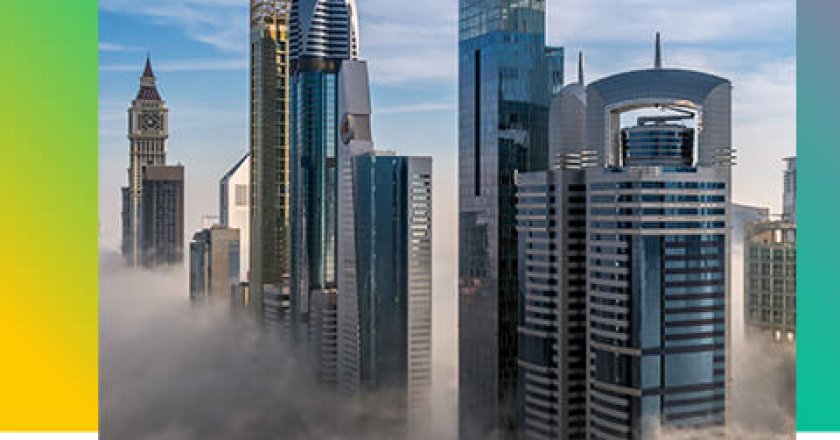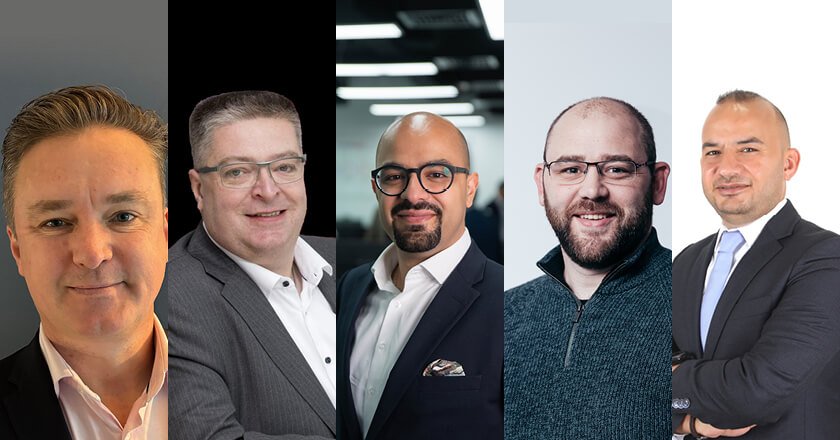Abdullah Mohammad Khorami, Chief Business Officer at Etihad Salam Telecom Company, discusses how their digital commitments align with Saudi Arabia’s Vision 2030 objective for water management.


Abdullah Mohammad Khorami, Chief Business Officer at Etihad Salam Telecom Company, discusses how their digital commitments align with Saudi Arabia’s Vision 2030 objective for water management.

Amjad Arab, Chief Wholesale and Partnerships Officer at Etihad Salam Telecom Company, discusses the KSA’s rise from regional player to global competitor in digital transformation.

Lori MacVittie, F5 Distinguished Engineer, discusses the top challenges organisations encounter on their journey to deliver and secure every application and API, anywhere.

As sustainability reporting becomes more important in companies, it could help uncover hidden malware.

Tony van den Berge, VP, EMEA at Cloudflare, discusses the role of both legislation and technology in protecting creators’ rights and enabling them to monetise their content.

Navigating Today’s Cloud Security Challenges – Insights from the Fortinet 2025 State of Cloud Security Report.

HPE and Intel have put together an exclusive opinion piece to discuss having the right infrastructure in place your day-to-day business in addition to potential future AI projects.

New Data Demands, Same Tightrope – Balancing Usability and Security in the Age of AI and Regulation.

James Hendergart, Senior Director, Business Operations, F5, discusses the relationship between GenAI and AIOps and how this dynamic broadly impacts your organisation.

Derek Manky, Chief Security Strategist & Global VP Threat Intelligence | Board Advisor | Threat Alliances at FortiGuard Labs, discusses the transformative power of public-private partnerships in disrupting cybercrime.

A focus on reducing energy consumption and carbon emissions is now a must, to meet pressing needs.

Grant Bourzikas, CSO at Cloudflare, has said that vendor lock-in is a crutch that organisations need to remove in order …

Veeam’s senior global and regional executives share their views on next year’s top technology trends in the Data Resilience space.

John Engates, Field CTO, Cloudflare, shares his view on the new year’s biggest technology trends in this exclusive expert opinion piece.